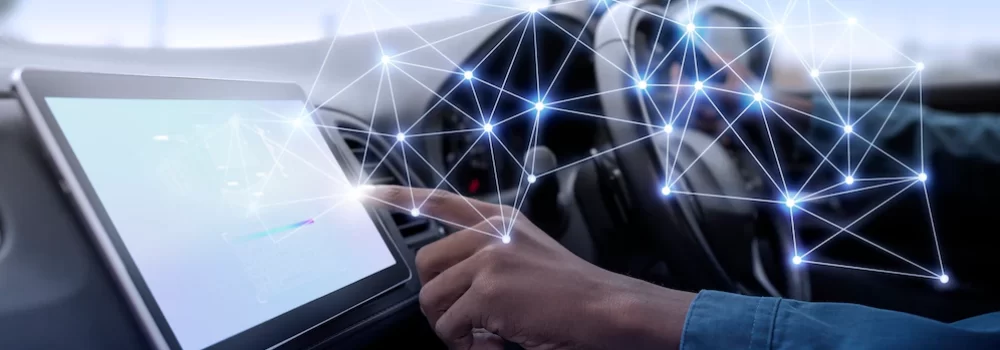during the last century Automakers focus on engine development. by letting someone else develop the software instead As digital technology becomes a differentiator in cars And software will become the main profit growth driver for manufacturers. The auto parts makers will eventually transform into a technology company or a software development company.
Gartner unveils 5 key technology trends for 2022 that IT executives should consider as they prepare for the software, hardware, and digital transformation that is taking place in the automotive industry.
Trend 1: Automakers will rethink their procurement practices (Hardware).
Automakers are considering a long-term inventory strategy based on the Just-In-Time (JIT) principle of inventory management. Tier 1 has no stockpile during various chip shortages, forcing automakers to rethink how to deal with chipmakers. including considering the development of their own chips
Gartner estimates that by 2025, half (50%) of the top 10 auto parts and equipment manufacturers will will produce their own chips and establishing strategies and long-term relationships directly with chip manufacturers and abolishing just-in-time manufacturing (JIT) systems
Trend #2: Tech giants will play an important role in the automotive ecosystem.
This year 2022 will see digital giants such as Amazon Web Services (AWS), Google, Alibaba or Tencent continue to expand their businesses in automotive-related technology. These tech companies are increasingly bringing cars into their own business-related ecosystems. which will eventually open as a service that connects technology to cars in new ways
Gartner estimates that by 2028, 70% of vehicles sold will run Android in their cars, up less than 1% today, thanks to self-developed technology and software. is difficult Automobile companies are collaborating with major digital companies to turn their software into key revenue streams. Or create a large number of internal resources to achieve organizational goals on their own.
Trend #3: Open Data and Open-Source Collaboration: Continued Success
Last year, tech companies built open source operating systems and open electric vehicle (EV) platforms. this year
In addition, automotive companies are increasingly focusing on data in the same way that the tech world sees it. “The goal of the company is not to sell information. but to bring data to create or integrate an ecosystem that will allow access to more diverse data Its purpose is to develop more interesting digital features or services.
Trend #4: Automakers Add Over-The-Air (OTA) Software Updates as a Major Digital Revenue Channel
Last year there was a big shift in the Over-The-Air (OTA) automotive software market when many manufacturers began offering software updates in such a way. Most automakers update their car’s hardware to enable software updates. They are now starting to shift to a service-based revenue model rather than product sales.
Gartner analysts estimate that by 2023, half (50%) of the top 10 automakers will offer unlockable and upgradeable capabilities through updates. Software that can be purchased after car sales
Trend 5: Driverless Vehicles with additional regulations and commercial barriers that have not gone away
Although the detection technology (Sensing Technology) has improved. But perception algorithms are becoming more sophisticated and regulations and standards are advancing as well. Driverless vehicle developers continue to face the challenge of expanding their operations to new cities or areas.
The automaker has begun rolling out Level 3 self-driving cars and is working on deploying Level 4 autonomous trucks as well as a taxi (or robotaxis) shuttle service system for commercial use. However, it still takes time to test the safety and efficiency of the automation technology, and comprehensive driving simulations and real-world road testing slow down commercial production. In addition, there are issues such as liability in the event of an accident. Relevant laws and social considerations, such as how human-powered cars interact and AI-powered cars, are raising the challenge.
High R&D costs in Robotaxis or Level 4 automation in heavy trucks In addition to hindering the speed of widespread adoption of automation. It also includes delivering a return on investment (ROI), which is completely contradictory. This is because one of the main advantages of autonomous driving is the reduction in operating costs in the transport sector.
Gartner analyst It is expected that by 2030 the number of Level 4 commercial autonomous vehicles (Robotaxis) will be in service four times that of current taxis.
Resources
https://www.facebook.com/361785967223979/posts/4932603156808881/

